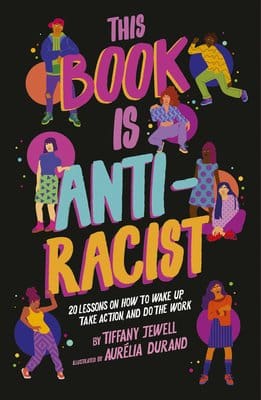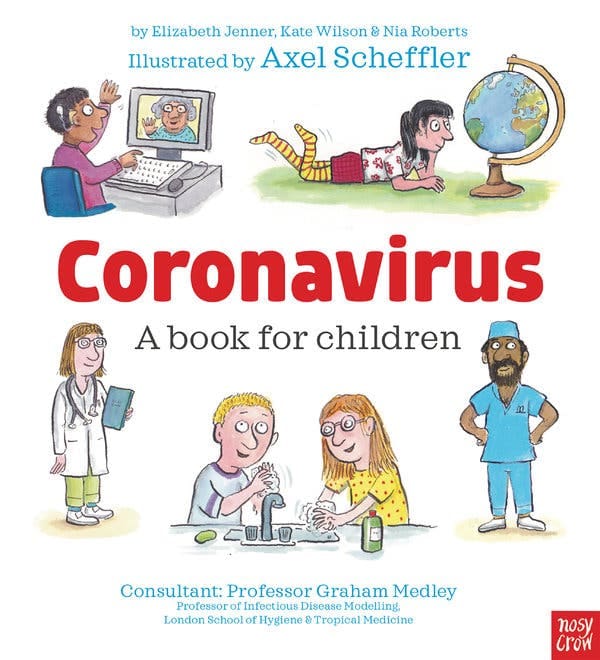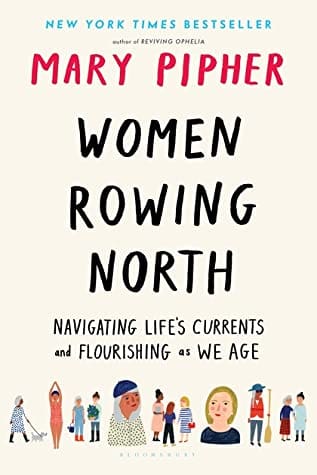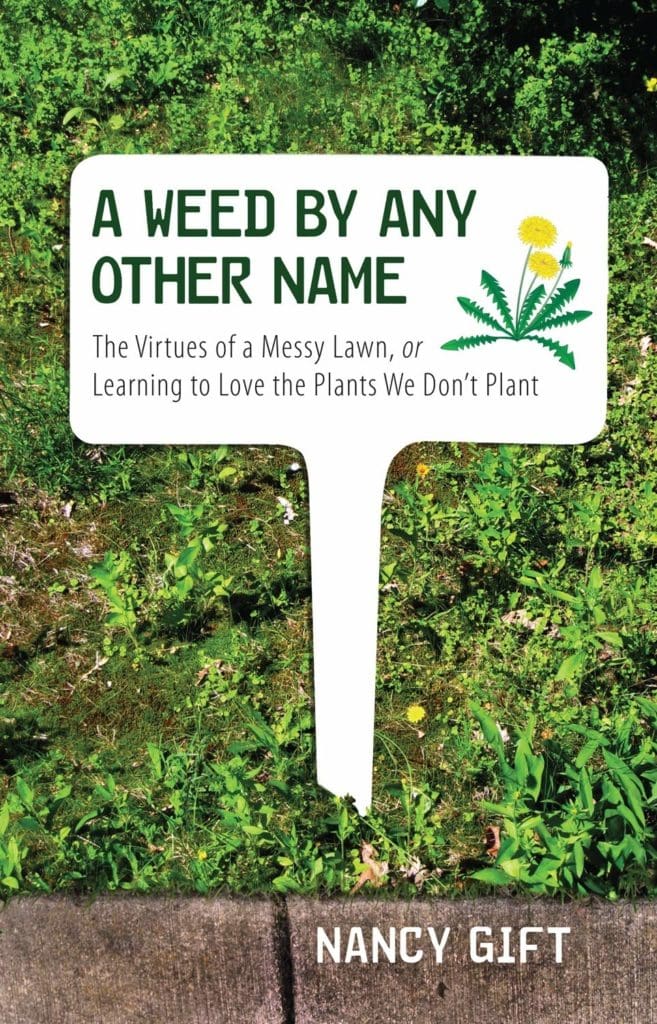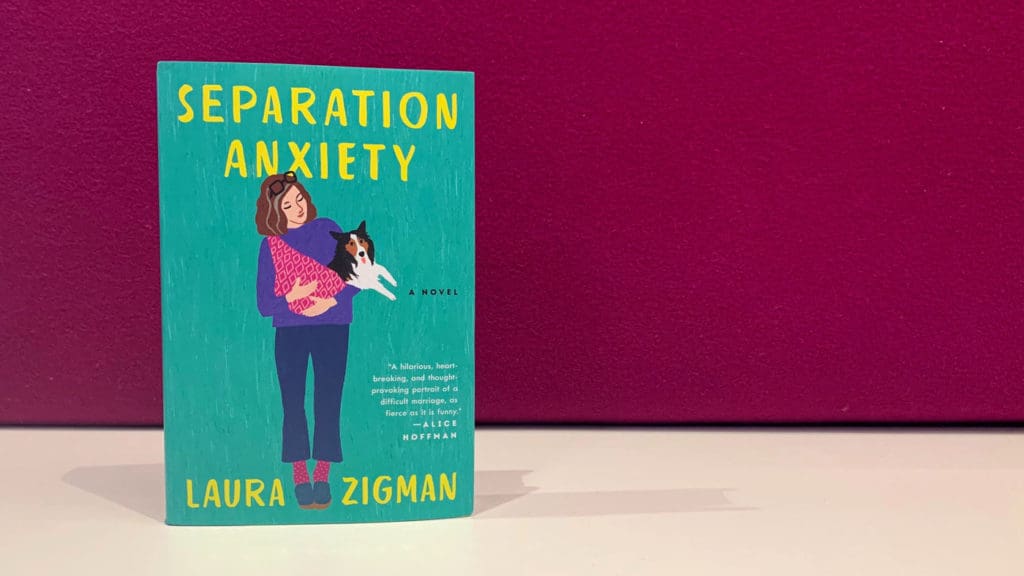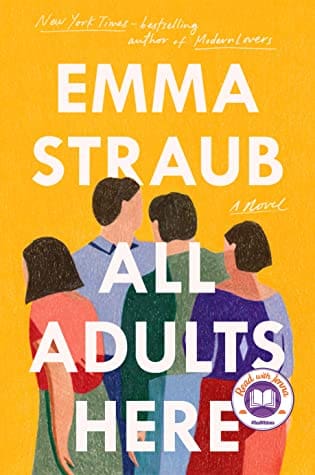
All Adults Here is the title — but perhaps its all the children in the adults that are here.
It is summer! Well, not officially, but unofficially in my book this sweet little season has arrived. And with that, I find my reading mind craving bright, easy books that take me away from any cares and into the world of relationships that feel quirky, frothy, yet still give me something to ponder over. Even our beach reads offer us a look at relationships that hold our interest — perhaps we’ll even take away a nugget of something that is meaningful. Sometimes, it is just a sweet, quick read that breezes on by.
All Adults Here by Emma Straub is a novel that is a contemporary look at a family, through the 68 year old’s matriarch’s eyes regarding her children and how she sees each of them and their struggles — to the extent that any parent can see her progeny and try and set some things right for herself and for them. As you can guess, things are going to get complicated fast.
However, it is an interesting family that threads multiple story lines across the generations and how each has its own particular struggles and yet holds together across the entirety of the family system. As one who enjoys looking at how families function through the generations of families, even a fiction family has something to offer me to grow further understanding of myself, my own family, and other families.
It’s a fast read — very now. It feels like a perfect read to kick off the summer season. All Adults Here offers the idea that we are all adults, yes, but we are also all children who grew to be adults. Together, we can find the children inside ourselves and our families long past age says otherwise.

